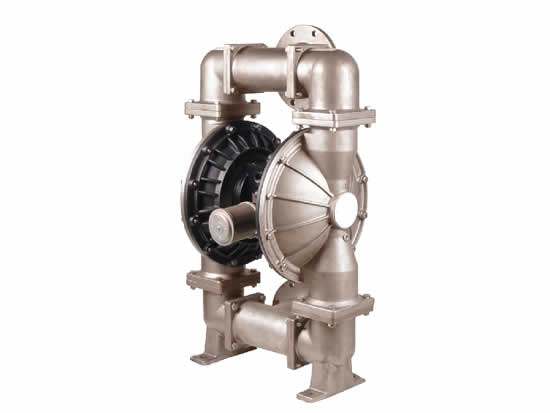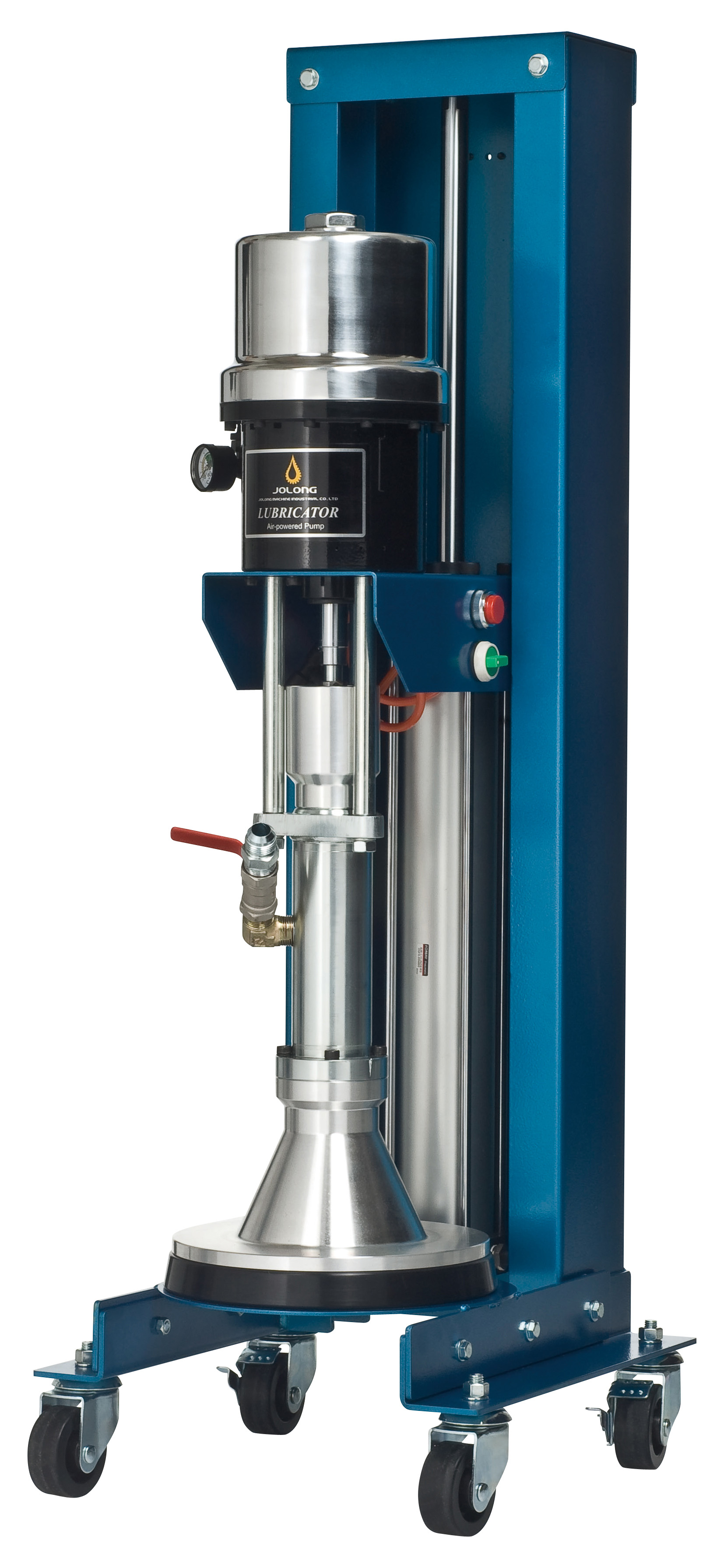

The down side was that as viscosity increased the reliability diminished.

Paciga had incorporated specific speed and a flow ratio (actual flow as compared to BEP). The Paciga method was slightly better than the Stepanoff model because it could be more accurate across a wider range of flows.Stepanoff model was viable at the best efficiency point (BEP) for head and flow but reliability and validity diminished with increased departure from the BEP.

Prior to computer programs, there were basically three methods to correct a centrifugal pump’s performance from water to viscous. With the advent of computerized programs for pump selection, it is now simple to correct the pump’s performance for viscosity in one keystroke, but we often overlook the details and effects of what viscosity changes do to the pump performance and especially the required brake horsepower.
PUMPING HIGH VISCOSITY LIQUIDS SMALL SCALE MANUAL
When I started in the pump business, there were no computer programs to cipher the necessary viscosity corrections and the manual methods could take hours to complete. Viscosity CorrectionsĪll centrifugal pump performance curves are based on pumping water, unless stated otherwise. The net result is an increase in the brake horsepower required for the driver. An increase in viscosity will dramatically reduce a pump’s efficiency in conjunction with marked reductions in head and flow. Mainly because viscosity has such an extraordinary and often negative effect on centrifugal pump performance. Why are we concerned about viscosity in regards to centrifugal pumps? His concept and related work was not completed, but was later refined by Jean Leonard Marie Poiseuille (see Poiseuille’s Law). Isaac Newton was probably the first person we know to quantitatively define a coefficient of viscosity. In training classes, I simply define viscosity as a fluid’s resistance to pour but, more importantly, a resistance to be pumped. A more technical definition would explain viscosity as a force required to move a liquid plane (think plate) of some unit area, over some distance above another plane of equal area in a defined time period. You can also think of it as fluid friction. Viscosity is a measure of a fluid’s resistance to flow at a given temperature. Further, viscous fluids do have a negative and weakening effect on centrifugal pump performance. Pardon the allusion to Superman, but it is a reference most of us not only relate to, but also understand. A frequently stated expression around the pump industry is that viscosity is the Kryptonite of centrifugal pumps.


 0 kommentar(er)
0 kommentar(er)
